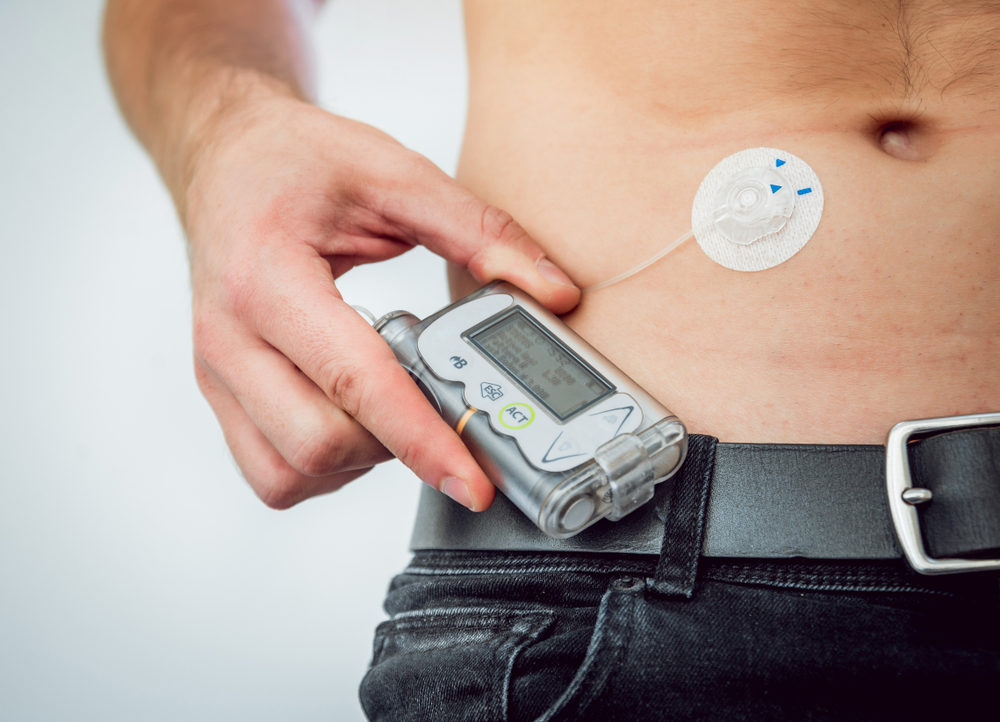Infusion Pumps, Fluid Warmers, and Rapid Infusers May Carry Air Embolism Risks , FDA Warns

Federal health officials warn that certain infusion pumps, fluid warmers, rapid infusers and other related accessories could allow air to enter into a patients’ blood vessels, placing them at an increased risk of developing an embolism.
In a safety communication issued on January 31, the FDA advises medical professionals to use proper safety procedures and follow the agency’s recommendations when using the devices, to make sure steps are taken to mitigate the risk that air may be introduced into a patients’ blood vessels.
The warning applies to infusions pumps, fluid warmers, rapid infusers and accessory devices. Infusion pumps are designed to deliver fluids or medications into a patient’s body in controlled doses, by both professionals in a medical setting or by patients in-home. Fluid warmers electrically warm fluids or blood before intravenous treatment to help the patients maintain normal body temperature. Rapid infusers are used to administer blood products and fluids intravenously at rapid rates to critically ill patients. Accessory devices include intravenous tubing or administration sets that are inserted through the other devices, and into the patient’s blood vessel through a catheter or port.

Did You Know?
Millions of Philips CPAP Machines Recalled
Philips DreamStation, CPAP and BiPAP machines sold in recent years may pose a risk of cancer, lung damage and other injuries.
Learn MoreA review of Medical Device Reports (MDRs) collected from 2016 through 2018 has indicated three percent of adverse events involved air-in-line issues stemming from the use of infusion pumps and associated medical devices, according to the federal regulators. Although these events have not resulted in many severe injuries causing embolisms, additional adverse events could arise due to the delay in critical medical administration.
When air is introduced to a patient’s blood vessels it is called an air embolism, which can vary in severity. Minor air embolisms may cause mild symptoms and discomfort whereas severe air embolisms may result in difficulty breathing or respiratory failure, chest pain or heart failure, muscle and joint pain, stroke, mental status changes such as confusion or loss of consciousness, low blood pressure, or bluing of skin.
Several factors determine the severity of an air embolism, including how quickly the air was delivered, the amount and the health status of the patient. If a significant amount of air is delivered into a blood vessel, it can travel through the veins and become logged in critical organs such as the brain, heart or lungs, and prevent the flow of oxygen.
Although there are no exact figures on historical data of air embolisms events, some experts have estimated vascular air embolisms to occur in anything from 10-80% of neurosurgeries and 57% of orthopedic surgeries.
FDA officials are recommending medical personnel and patients using infusion pumps and accessories always remain cautious and follow safety protocols. Individuals using the devices should always plan ahead and monitor the patient’s activity follow use and be alert for symptoms of an air embolism.
Get more articles like this sent directly to your inbox.
"*" indicates required fields




0 Comments